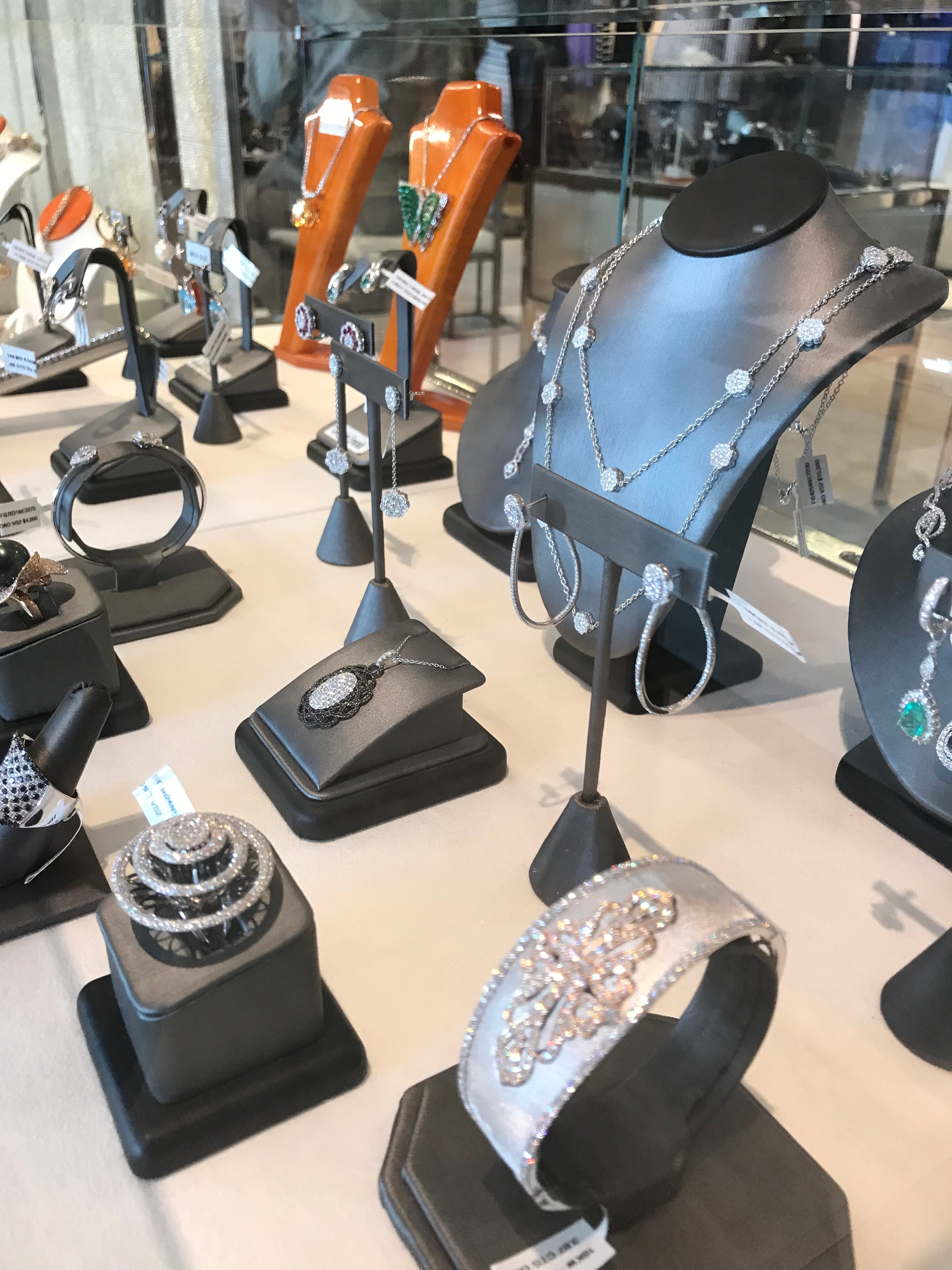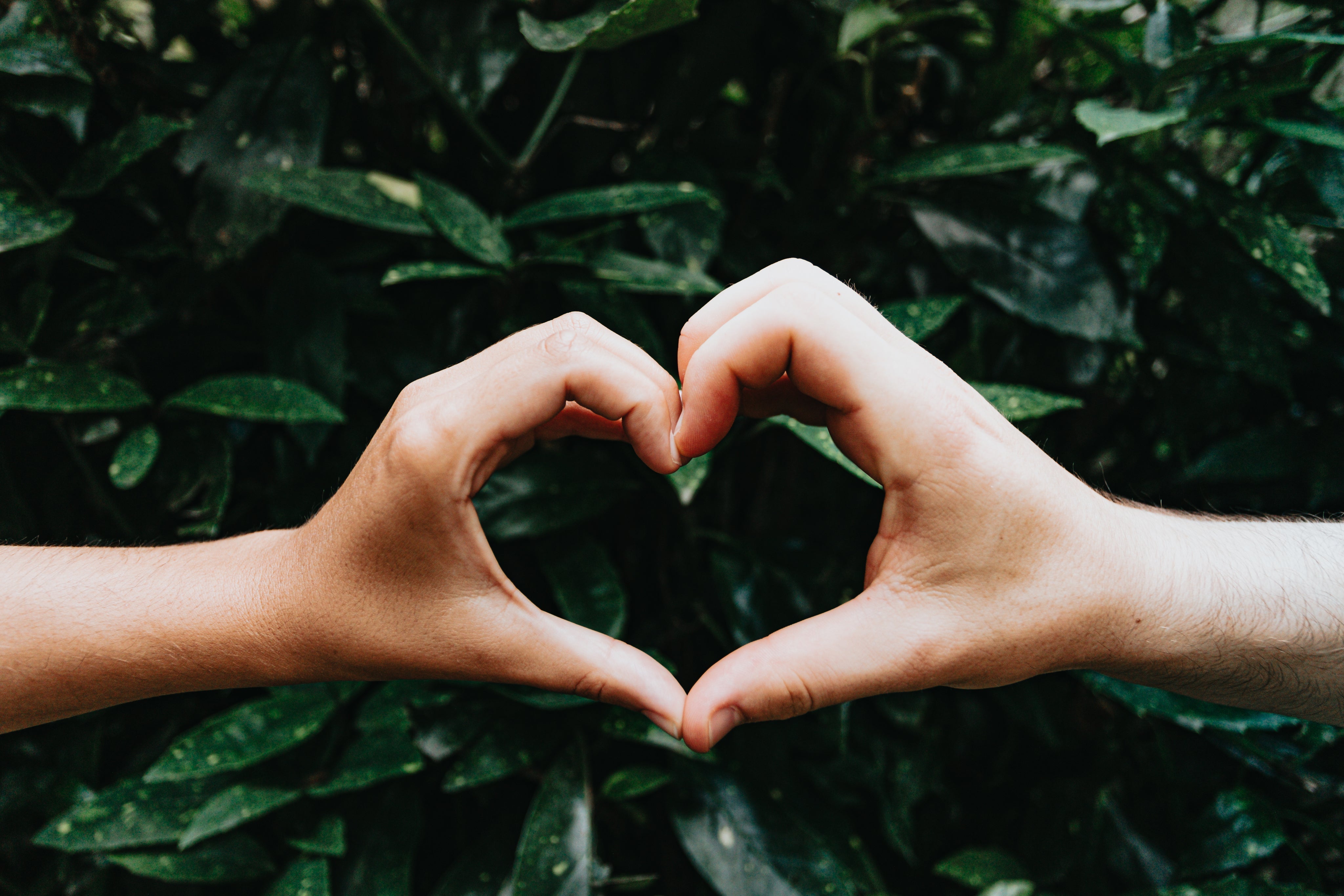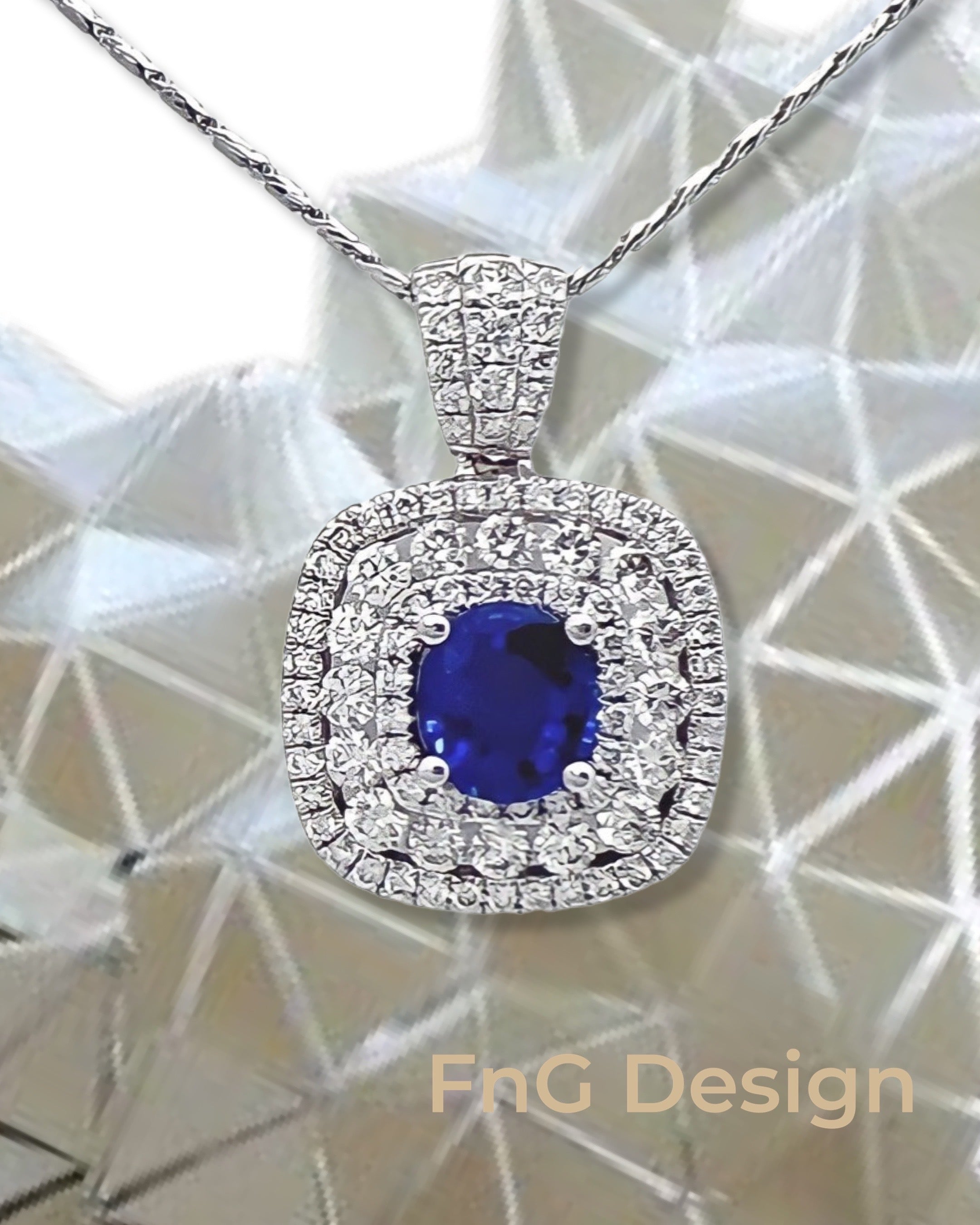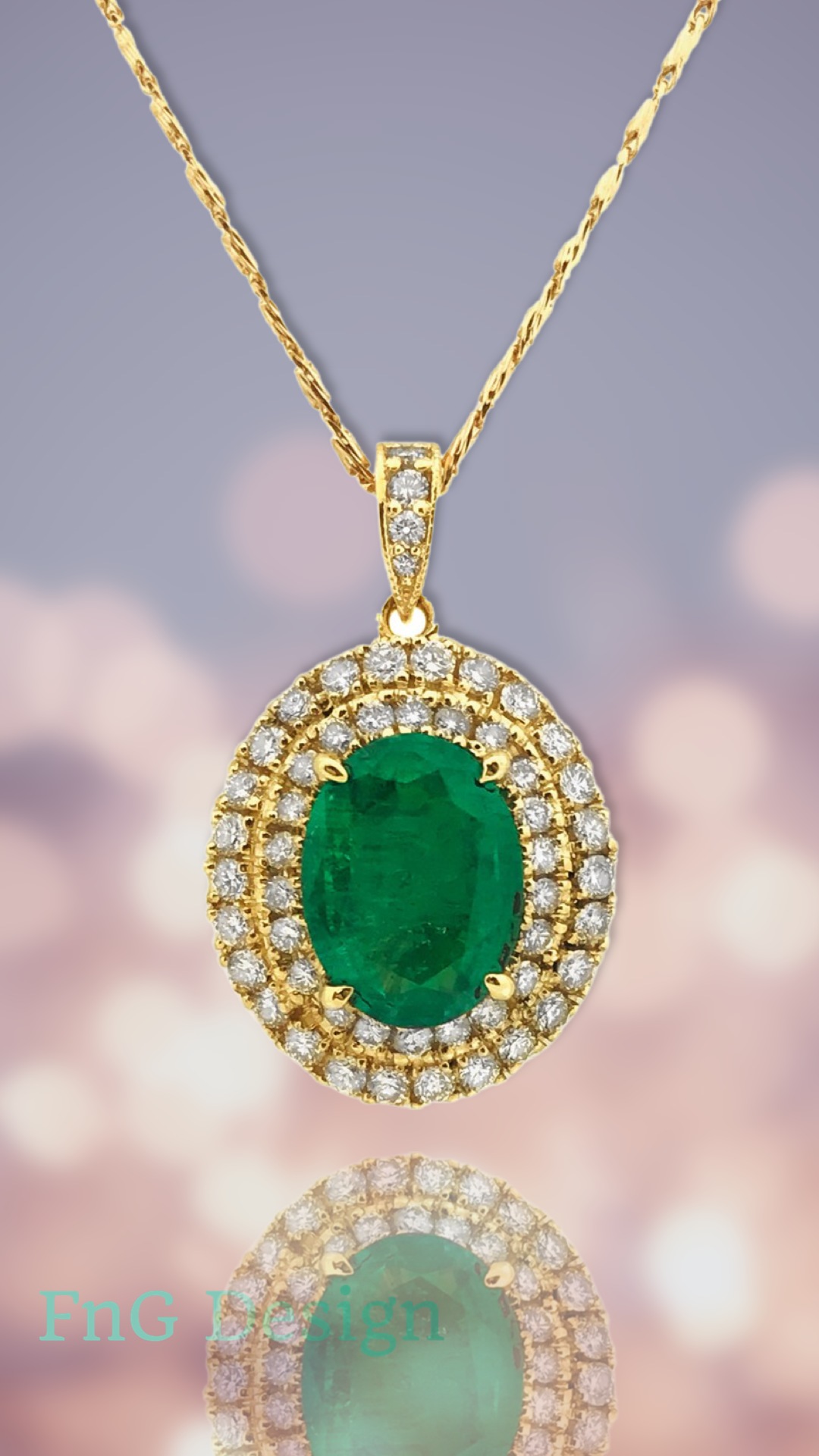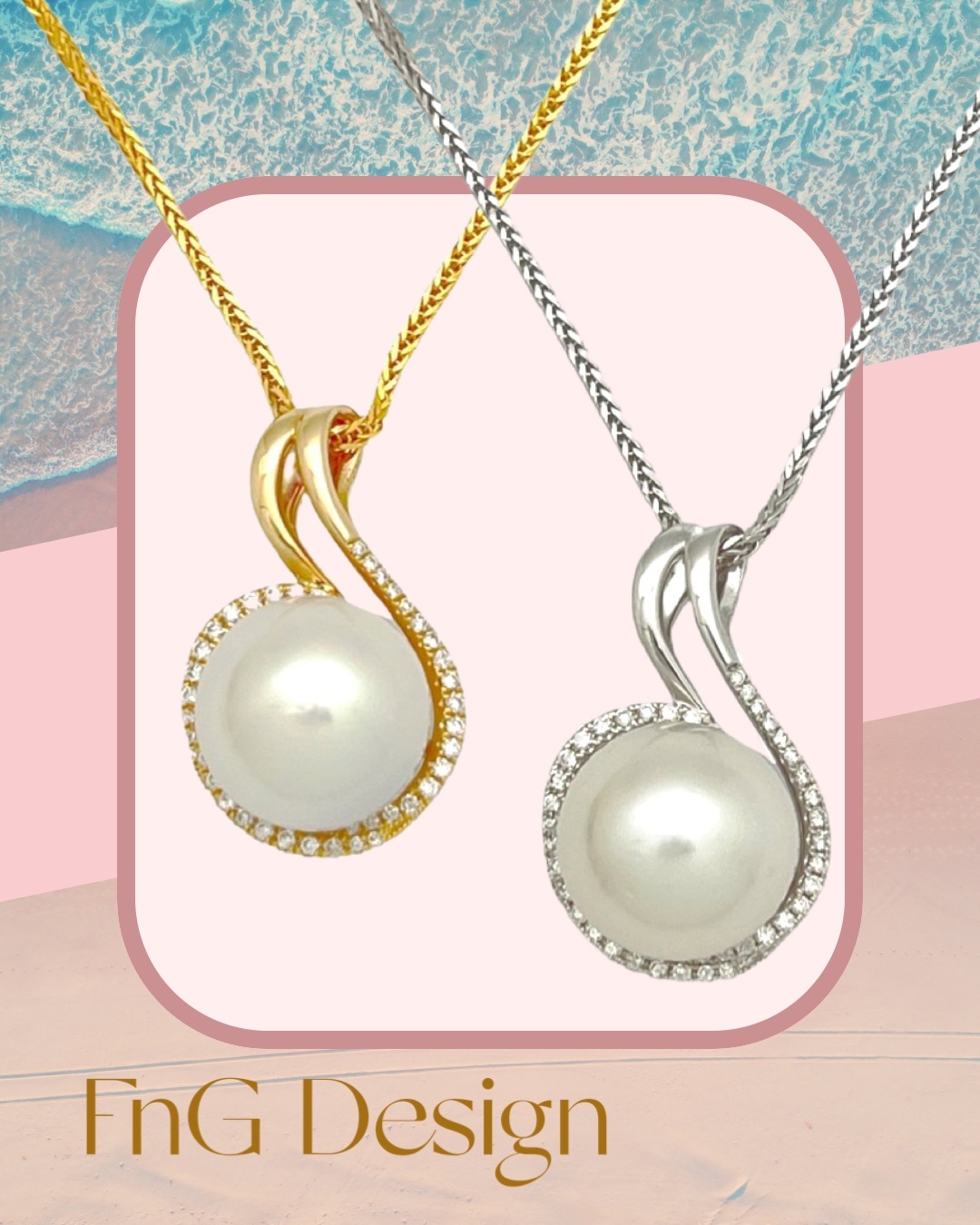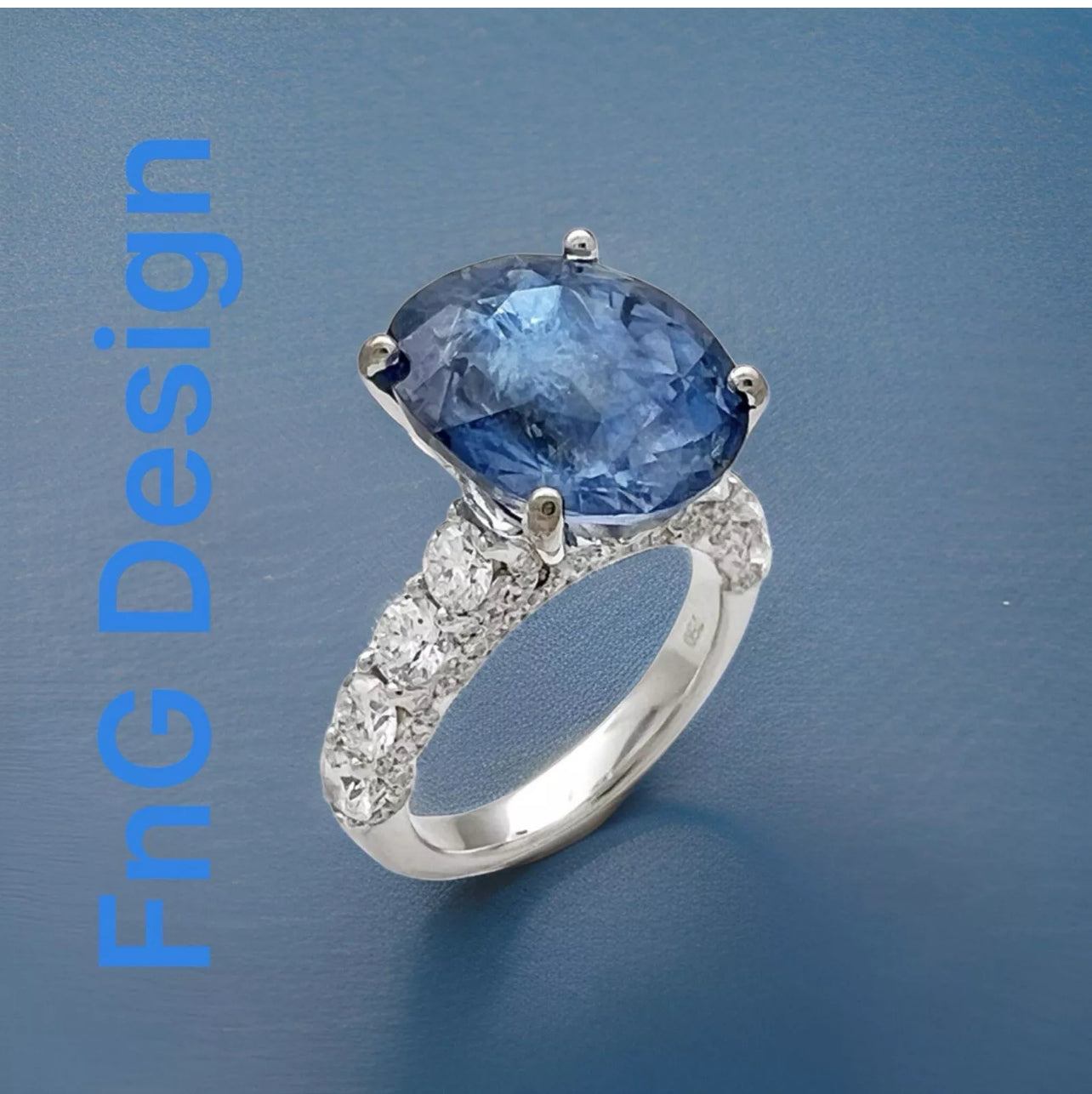
Why Natural Mined Gemstones Are a Better Investment Than Lab-Created Stones (Yes, Even Those “Perfect” Diamonds)
If you’ve ever shopped for a gemstone, chances are you’ve been hit with the big question: natural or lab-created? It’s like choosing between a gourmet meal and a microwave dinner—both might look good, but one definitely has more depth, character, and long-term value.
Lab-created diamonds and gemstones have been marketed as the smart choice—cheaper, flawless, and “just as real” as natural stones. But let’s be real: if they were just as valuable, we wouldn’t be having this conversation. The truth is, when it comes to investment, heirloom potential, and sheer romantic appeal, natural mined gemstones win every time. Let’s break it down.
1. The Rarity Factor—Because Scarcity = Value
Natural gemstones are like limited-edition collectibles. Every sapphire, ruby, emerald, or diamond that comes from the earth is unique, formed over millions (sometimes billions) of years under intense heat and pressure. No two are exactly alike.
Lab-created stones? They’re pumped out in controlled conditions, mass-produced like sneakers in a factory. Sure, they sparkle—but so does glitter, and no one’s calling that an investment.
Think about it this way: if diamonds were like fine wine, mined diamonds would be a 1945 Château Mouton Rothschild, aged to perfection by nature. Lab diamonds? Boxed wine. Technically still wine, but… you get the idea.
2. Resale & Investment—What’s Worth More Down the Road?
If you were in a financial pinch and had to sell your gemstone, would you rather have:
• A natural diamond or ruby, which has a global market, centuries of demand, and actual resale value?
• A lab-created diamond, which jewelers will politely tell you has “no second-hand market” (translation: good luck getting anything for it)?
Unlike natural gems, lab diamonds depreciate faster than a new car leaving the dealership. That $5,000 lab diamond ring? Try reselling it for $500. Ouch.
Meanwhile, natural gemstones—especially high-quality diamonds, rubies, sapphires, and emeralds—tend to appreciate over time. The world isn’t making more of them, and demand continues to rise.
3. Heirloom Appeal—Would You Rather Inherit a Treasure or a Trend?
Imagine passing down a centuries-old Burmese ruby or a rare Kashmir sapphire to future generations. These stones carry history, mystery, and the kind of romance Hollywood makes movies about.
Now picture your great-grandkid opening a jewelry box to find a lab-created diamond from 2024. They’ll probably ask, “Did this come free with a Costco membership?”
A gemstone with a story—a natural treasure forged by the earth—is priceless. A mass-produced lab gem? It’s like handing down an old iPhone… neat, but not exactly heirloom material.
4. Emotional & Symbolic Value—Mother Nature vs. a Machine
Jewelry is emotional. Engagement rings, anniversary gifts, heirloom pendants—they’re meant to symbolize love, commitment, and legacy. So, when you’re proposing, do you really want to say:
“This diamond is just like my love for you—perfectly made in a factory last Tuesday!”
Or would you rather say:
“This diamond is like our love—formed over time, rare, unbreakable, and one-of-a-kind.”
Exactly.
Final Thoughts: A Smart Investment With a Touch of Magic
At the end of the day, buying natural gemstones is about more than just dollars and cents—it’s about history, beauty, and long-term value. Yes, lab-created stones may have their place (especially for those on a strict budget), but if you’re thinking about investment, legacy, and true rarity, natural gems are the clear winner.
So next time someone tries to sell you on a “flawless” lab diamond, just smile and remember:
Nature doesn’t do perfect—but it does priceless.
